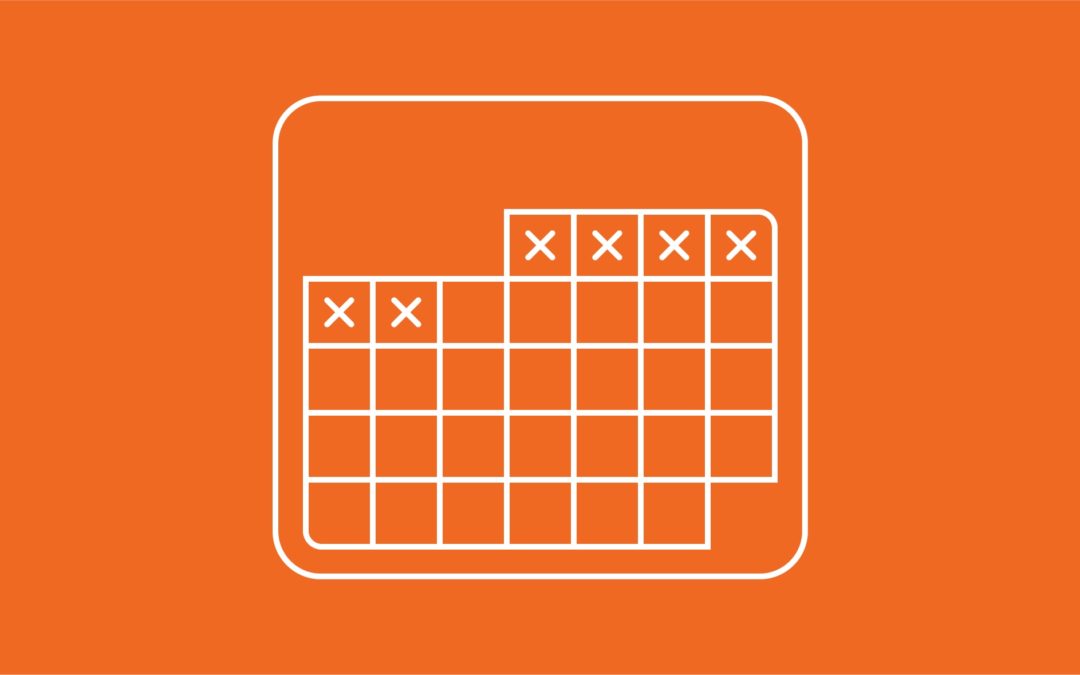Bias #179: Temporal Landmark Effect; 4-minute read
Defined:
Temporal Landmark Effect: Dates that stand out as being more meaningful than others—such as the start of a new week or financial quarter, a birthday, or a holiday—signal the start of a new, distinct time period. These “temporal landmarks” make people more motivated to pursue their goals, because specific dates make it easier to mentally separate past imperfections and failures from the future self.
You can increase someone’s likelihood to act by suggesting they take an action the day of or after a temporal landmark.
Described:
Why do we make New Year’s resolutions? Why not resolve to start a new diet on February 2 or quit smoking on some Tuesday in August? We could, but we shouldn’t—not if we want to succeed.
The date we begin pursuing a new goal can influence whether we achieve it. Dates like January 1, a significant anniversary, the first of the month, or the first day of a work week represent “temporal landmarks” and possess special power. Research has shown temporal landmarks increase our likelihood to pursue goals and may even help us accomplish them by changing the way we see ourselves.
Time for Change
“Temporal landmarks stand out as dividers that separate people’s past, current, and future selves, weakening the psychological connection between these temporal selves,”1 according to researchers at the Wharton school. These “fresh starts” are associated with increases in aspirational behavior. Free from the foibles and limitations of our past–self, our future–self—the one waiting beyond the temporal landmark—is capable of so much more.
We believe we can accomplish something new because we believe we are someone new.
Researchers think the belief that our future-self is superior to our past-self enhances our self-efficacy—our belief in our ability to accomplish goals. And those who believe, often achieve. Higher self-efficacy has been shown to increase persistence at a task and persistence is correlated with achievement.
Loss aversion may also play a role. Prior to the temporal landmark, our lives have been littered with failures—one more would do little to change this. But temporal landmarks wipe the slate clean, ushering in a new era, unblemished by failure. Eager to preserve our new perfect record, we work harder at achieving our goals.
Finally, temporal landmarks influence when we prefer to receive benefits or costs. We prefer benefits to occur before temporal landmarks, where we perceive them as benefiting our present-self. However, we prefer costs to occur after temporal landmarks where our future-self must pick up the tab.
The takeaway:
Whether you’re trying to help people save for retirement, stop smoking, or participate in an energy conservation program, carefully choosing the start date can improve their (and your) chance for success.
Application Ideas
- Start registration campaigns after temporal landmarks.
- Offer rewards like bonuses or contest prizes before temporal boundaries like the end of the year to increase their perceived value.
- Position activities perceived as costs, like increased 401(k) contributions, to occur after temporal boundaries, like the end of the year, to minimize their perceived impact.
- Use temporal landmarks to increase medical appointment adherence. Encourage people to schedule uncomfortable procedures like colonoscopies or Pap smears beyond a temporal boundary. For example, ask women during 2019 to schedule their Pap smear for 2020. Their current-self will schedule the appointment, that their future-self must keep.
About the author:
This Bias Brief was written by Greg Stielstra, the Senior Director of Behavioral Science at Lirio. Greg is a behavior change expert and published author with over 25 years of experience in marketing and engagement.
References:
Other readers viewed:
Loss Aversion – Lirio Bias Brief
Commitment & Consistency – Lirio Bias Brief
